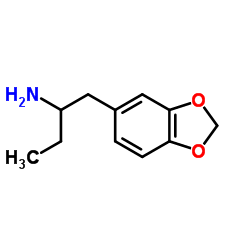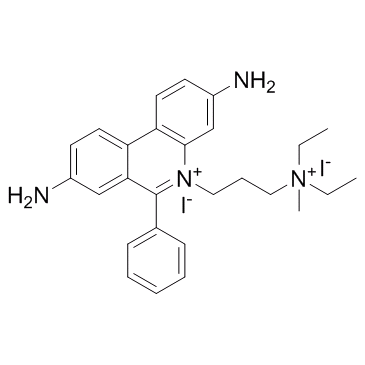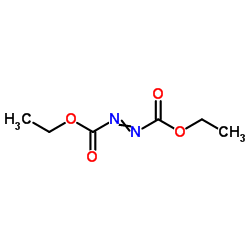| 结构式 | 名称/CAS号 | 全部文献 |
|---|---|---|
 |
氢氧化钠
CAS:1310-73-2 |
|
 |
凝血酶受体激动剂肽-14
CAS:137339-65-2 |
|
 |
3-乙基-2,4-戊烷二酮
CAS:1540-34-7 |
|
 |
1-(3,4-亚甲二氧基苯基)-2-丁胺
CAS:42542-07-4 |
|
 |
碘化丙啶
CAS:25535-16-4 |
|
 |
偶氮二甲酸二乙酯
CAS:1972-28-7 |